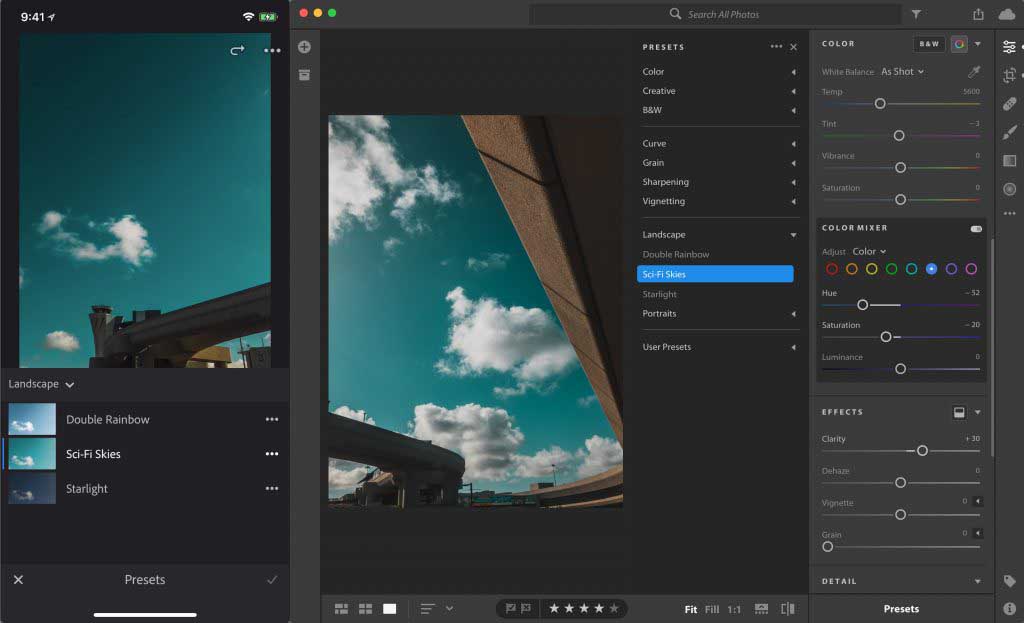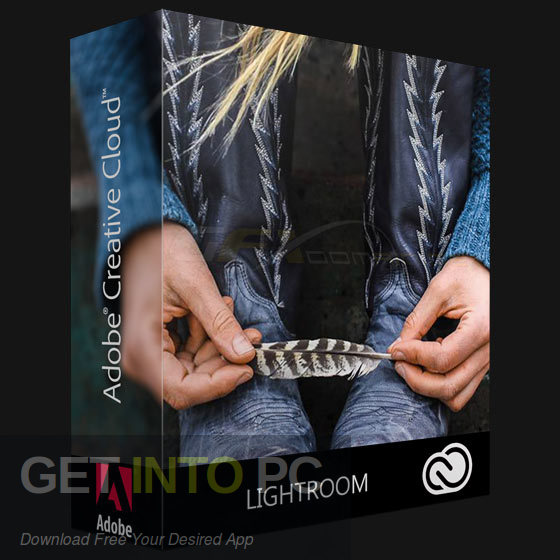

In terms of new-user-confusion, the next screen (the Library module) you see is not much better. If in doubt just click Continue as noted above. Note: do not store your catalog on an external hard drive though, it will not run optimally or may not run at all. For casual photographers the exact location of the Catalog file is not all that important, so don’t sweat it.
ADOBE PHOTOSHOP LIGHTROOM 4 FOR MAC PDF HOW TO
Honestly, if you just want to figure out how to use Lightroom you can just click the “Continue” button and go about your business.
ADOBE PHOTOSHOP LIGHTROOM 4 FOR MAC PDF PROFESSIONAL
Some people are very specific about where they want this Catalog to be located, and professional photographers will often have multiple image collections and many catalogs as well. If you’re not sure what to do here, just click the “Continue” button.

Lightroom wants to know where you would like to store its Catalog, or database of edits you want to make to pictures.

Understanding how this fits in might seem a bit extraneous to the overall Lightroom discussion, but it’s important to know how all it works together if you want to make sense of Lightroom itself. Every change, adjustment, and tweak you do to one of your photos in Lightroom, is actually being done by ACR. You may already have it on your computer and not even know it, and it’s actually the engine that powers everything Lightroom does in terms of editing your images. The Importance of Adobe Camera Rawīefore we get too deep into the weeds here, it’s important to back up a bit and look at another program called Adobe Camera Raw (ACR), which allows you to perform all sorts of edits and changes to your Raw images – from simply making them brighter or darker, to selectively editing colors, or working with curves. an edited picture) that you can share with others. When you are finished, your original image files still remain, but you have a new creation (i.e. Lightroom doesn’t do anything to your ingredients (your original files), but instead saves the instructions for transforming your supplies into actual finished products (in this case output edited images), just like recipes for your photos. The best analogy I can think of is that of a kitchen: your original pictures are kind of like the raw ingredients in your cupboards, and the Lightroom Catalog is like a recipe book. Lightroom stores a record of all the changes you want to make to your images in a separate file called the Catalog, which is stored independent from your pictures. The Lightroom catalog is like a recipe book When you are finished with your editing you export (or save as) a final image from Lightroom (again leaving the original file completely un-touched) and voilá, you now have a second, much brighter photo, to print or share with others. Instead Lightroom, is a non-destructive editing program, that allows you make changes to a preview or thumbnail version of the picture, which means you can see what the final image will look like after you make it brighter. Lightroom doesn’t touch the original image! It doesn’t move it, copy it, rename it, or change it in any way. Instead, the program works by looking at pictures you have stored on your computer, and allows you to create instructions for how you want to change them.įor example, let’s say you have a photo of a squirrel that’s a bit dark so you want to make it brighter. The catch, though, is that it doesn’t really edit your images, or actually manage anything either. In a nutshell, Lightroom is a program that can manage and edit your images. It’s designed to help you through a few basic steps from opening up Lightroom for the first time, making two basic edits, and exporting (saving) a final version of your picture. I wrote this Beginner’s Guide to Lightroom to help you, and I wish I would have had something like this when I first got started. If you are new to Lightroom and don’t know where to start, or have thought about using it but feel overwhelmed, then please know I feel your pain, and know where you’re coming from. At first I found it difficult to use and not really intuitive, but I soon found my way around and I was a Lightroom convert. But in the spring of 2014, when it was announced that Apple was no longer supporting Aperture, I decided to make the leap to Lightroom.

I had tried Lightroom in the past, but always preferred using Apple’s Aperture photo editing program.


 0 kommentar(er)
0 kommentar(er)
